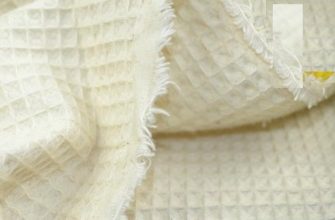Felt: what kind of material is it? It is a natural non-woven material that is made from the felted wool of domestic animals: sheep, rabbits, goats. Due to its unique properties, the material is used in a variety of areas - from clothing and footwear to construction. In addition, it is easy to make at home and work with it.
Description and composition
What is felt? The name is translated from the Turkic language as "covering". It is a dense non-woven material made of felted sheep wool. The best felt is made from the fine down of goats or rabbits. They are thinner and softer.
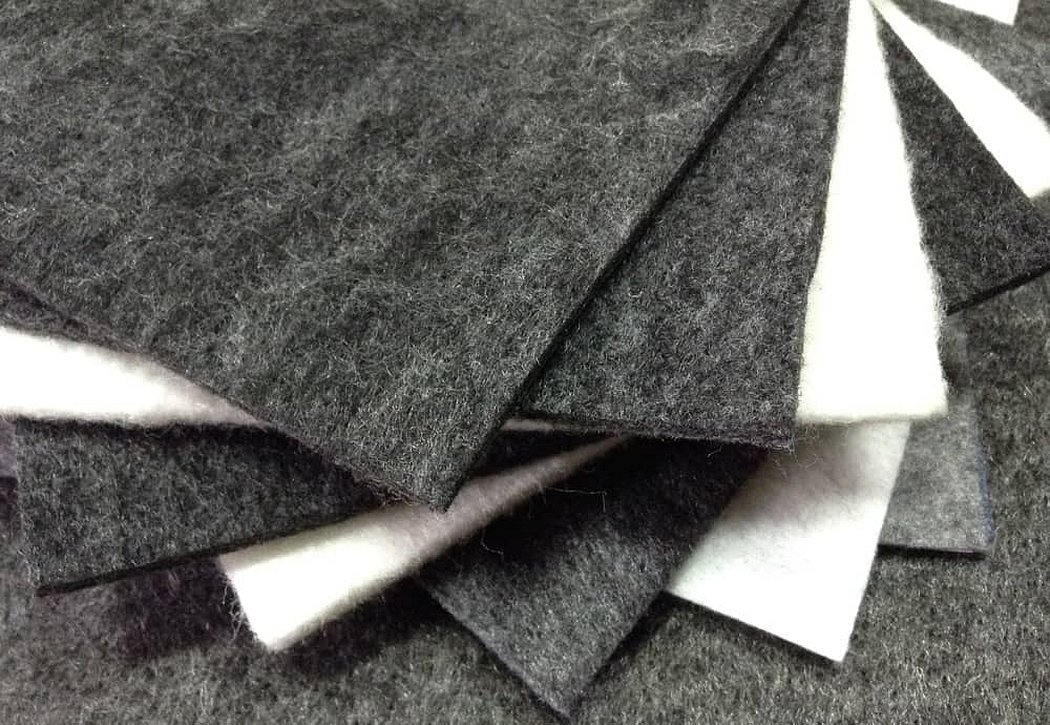
The material has a unique low thermal conductivity, but at the same time it allows air to pass through well. Thanks to these features, felt makes excellent hats and warm shoes, and it is also used to make yurts' coverings.
It is made from animal wool, usually sheep wool. Thanks to the upper scaly layer (cuticle), wool fibers can adhere to each other under the influence of steam and hot water. Felting is done according to this principle, resulting in individual felted pieces of material.
Important! In machine production, felt is produced in sheet rolls of the required thickness.
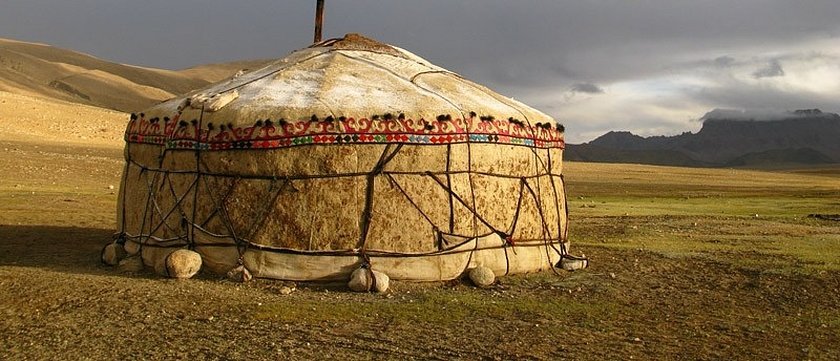
History of origin
For many nomadic tribes of Central Asia, it was the first material they could obtain and use. Felt is believed to have appeared in the 5th-6th millennium BC, when domesticated dogs and horses helped increase sheep herds.
Important! Since wild sheep do not have a cuticle, felt could only be obtained from domesticated animals.
At first, the felt had the natural color of sheepskin, but after some time the material began to be dyed using natural dyes:
- The green color was obtained from a mixture of walnut, nettle and mulberry leaves;
- Yellow - from onion peel;
- Gray - from bean broth;
- Brown - from a decoction of walnut shells;
- Pink - from blue plum blossoms and wild poppy flowers.

Later, by mixing dyes, other colors were also obtained.
Much attention was paid not only to the beauty and brightness of the shades, but also to their resistance to washing, precipitation and fading during use. Oak ash, copper sulfate, sauerkraut juice and rusty nails were used to fix the colors.
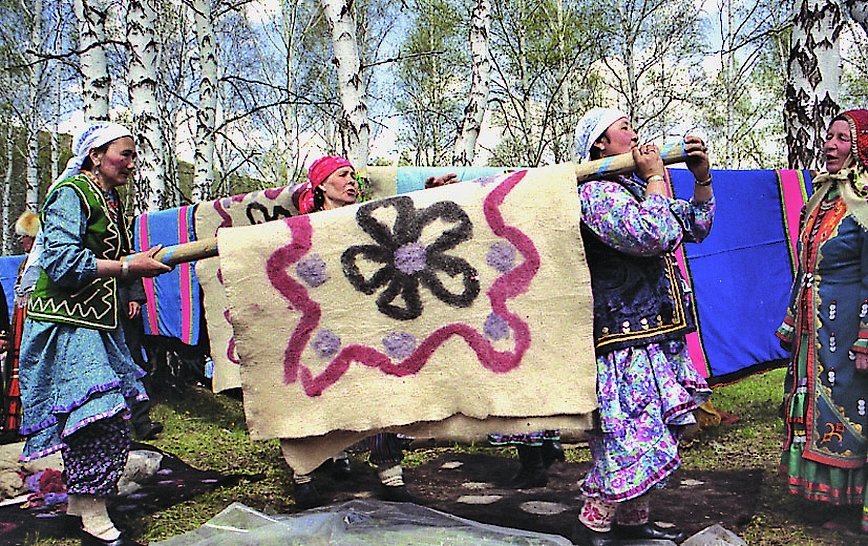
Ancient tribes used the material quite widely: thin felt was used to create headdresses, thick felt was used to create armor, footwear, yurts and horse covers. The items were decorated with fabric, felt and leather applique, embroidery, and decorative stitches. It is noteworthy that small items were usually made by women, and large ones by men.
There was no felt in Russia. The Slavs made semi-felt, a classic example of such fabric is broadcloth. However, felted headdresses were known to the peoples of the Volga and Ural regions, they were also produced by handicraft methods in Novgorod in the 14th century. Footwear (valenki) appeared only in the middle of the 19th century, but the peasants quickly appreciated its advantages.
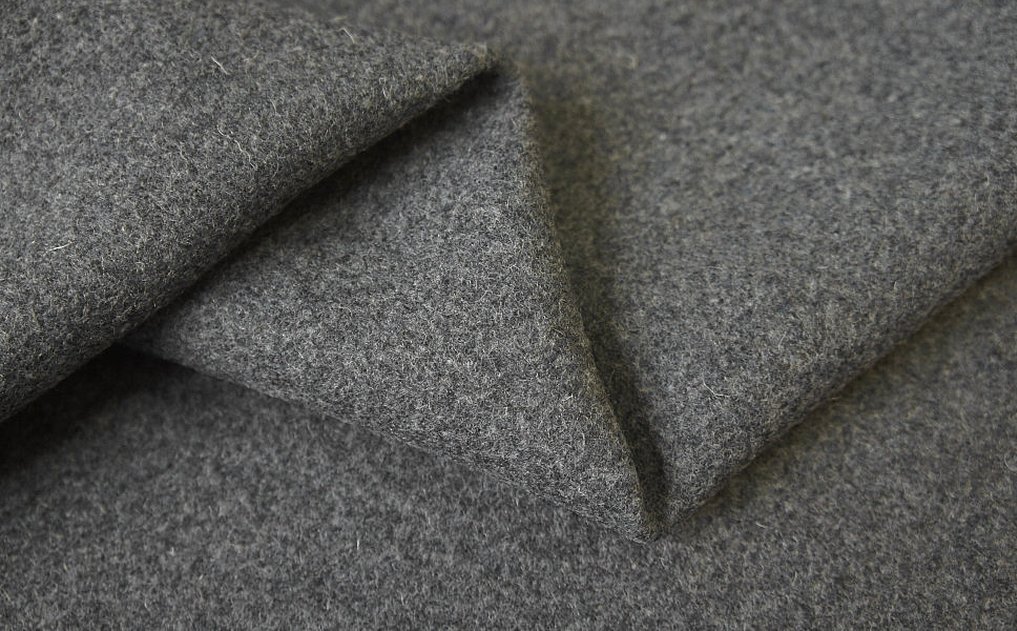
Properties and performance characteristics
Felt has certain characteristics and properties that are especially important for builders:
- Felt can be set on fire, but it does not burn, but smolders, since there is not enough oxygen for the wool to burn;
- It can absorb formaldehyde and absorb harmful substances that "stick" to sheep's wool;
- It can break down and absorb odors and toxins;
- Felt is the best natural heat insulator. Sheep wool has low thermal conductivity and does not protect against frost, the temperature is maintained by small air pockets formed by wool fibers.
Important! Even if the felt absorbs moisture, it will retain all its properties and remain dry to the touch.

Types and their differences
There are several types of felt. They differ in some characteristics and areas of application.
Basically, felt is divided into:
- Technical pure wool: its production uses pure raw materials, which are processed by "wet felting". The density of such material is 0.15-0.39 grams per square cm, thickness - 0.2-3 cm;
- Needle-punched or textile: divided by composition into wool, pure wool, semi-wool and synthetic options. The density is 200-1600 grams per square cm, the thickness is 0.1-1 cm. Needle-punched felt can have up to 20 shades.
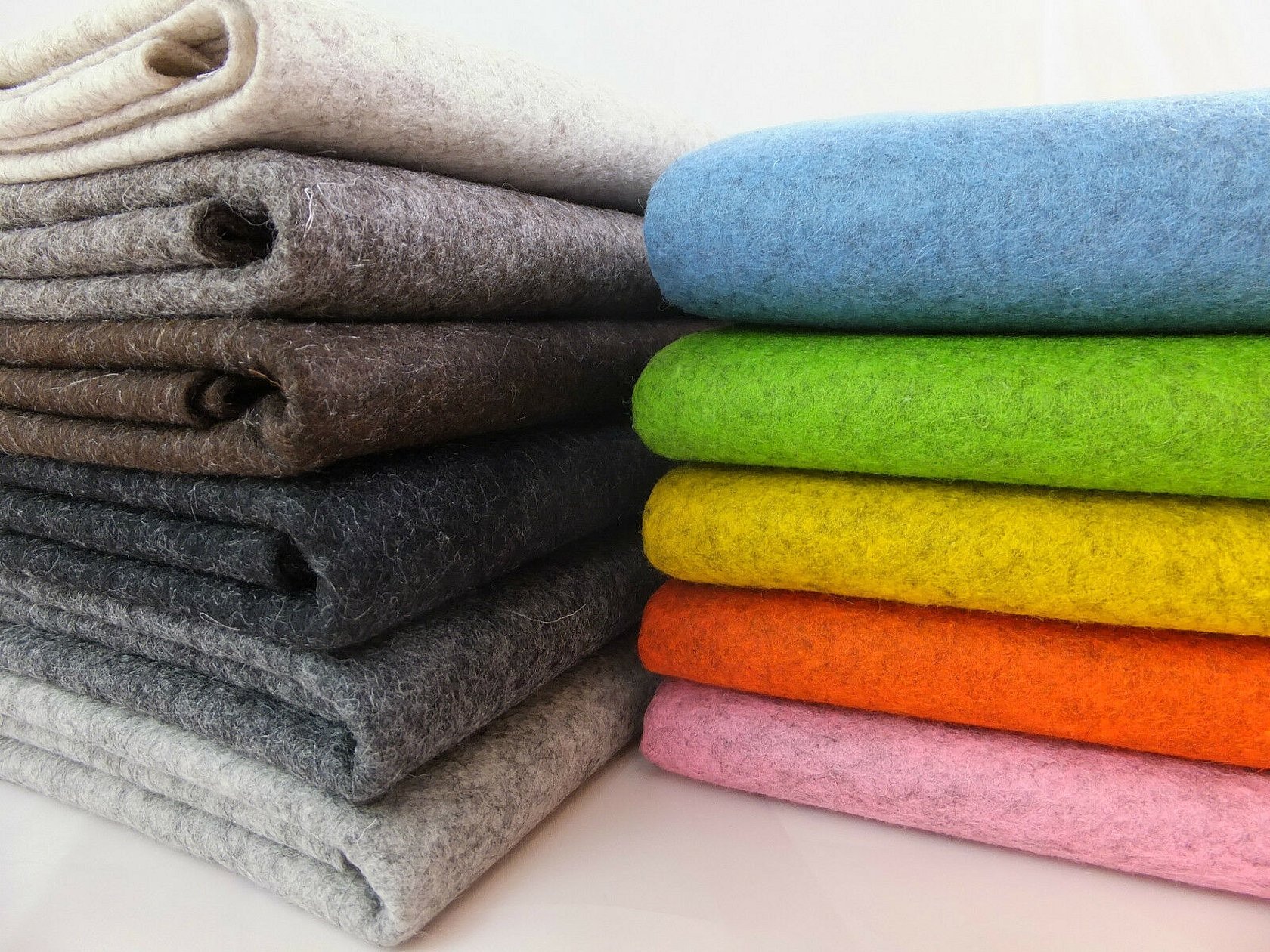
Scope of application
Depending on the type of material, it is used in the production of:
- Clothes: coats, bags, hats;
- Shoes: felt boots and slippers, insoles;
- Toys and decorative items;
- Construction materials and furniture: filters, gaskets and underlays, soundproofing and roofing materials;
- Furniture, mattresses and cars;
- Polishes, wipes and materials for processing, such as split leather;
- Saddlery;
- Yurt.
Felt products
Already the first nomadic tribes used felt in a variety of areas. What is felt made of today? Its use is also varied: clothing, furniture, decorations, home textiles. Many use the material in their hobbies: sewing clothes or felting the fabric itself.
Felt for felt boots and slippers
They are easy to sew at home. The fabric should be chosen depending on the specific type of footwear: felt for felt boots should be thicker, for slippers - thinner. Products can be decorated with embroidery and appliques.
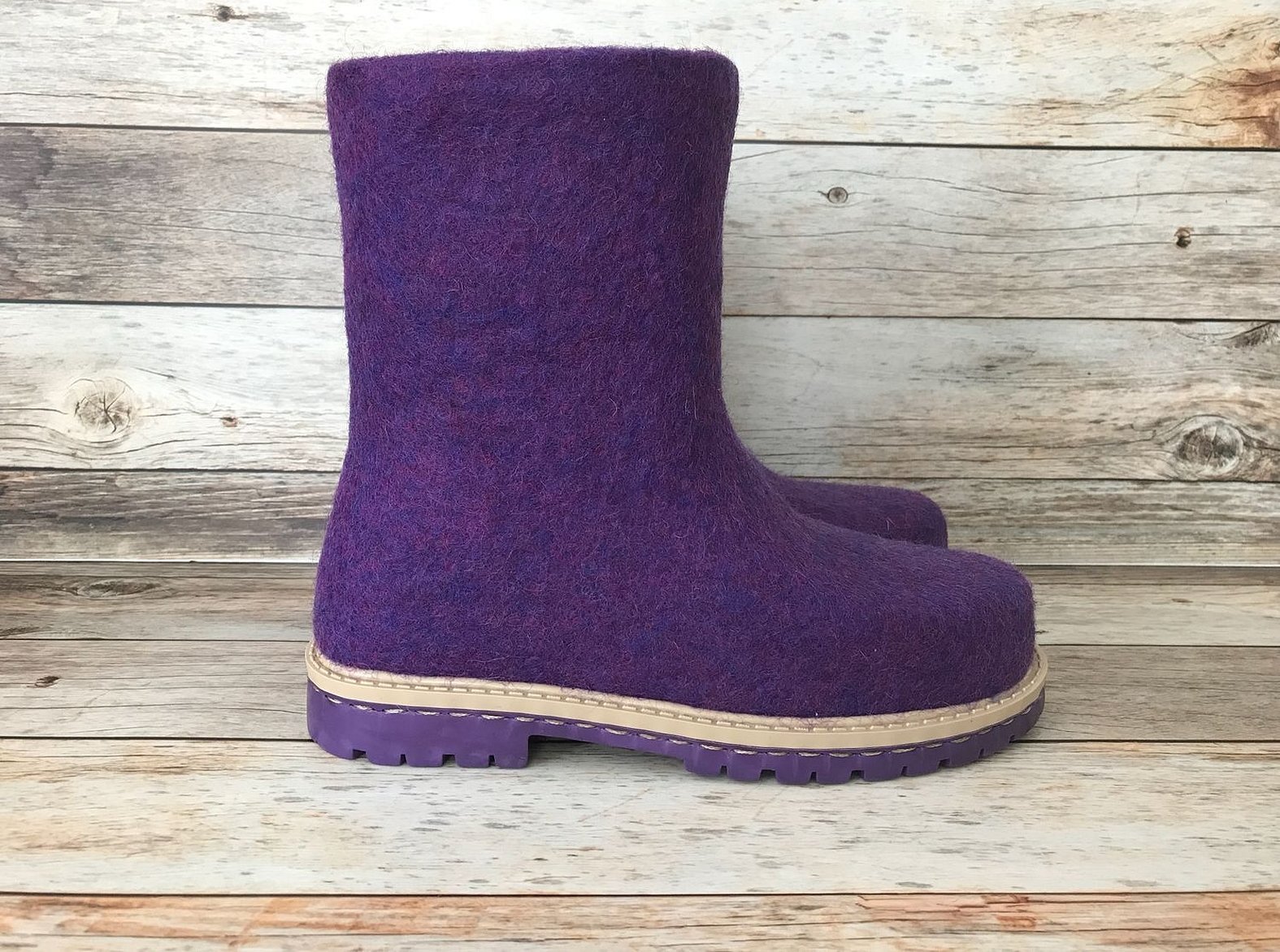
Application for sewing clothes
Felt fabric can be used to make various clothes: coats, vests, skirts, dresses, jackets. The material is especially popular for outerwear: coats, mittens, muffs. Felt clothes can be worn even in summer, winter options are usually sewn with warm linings.
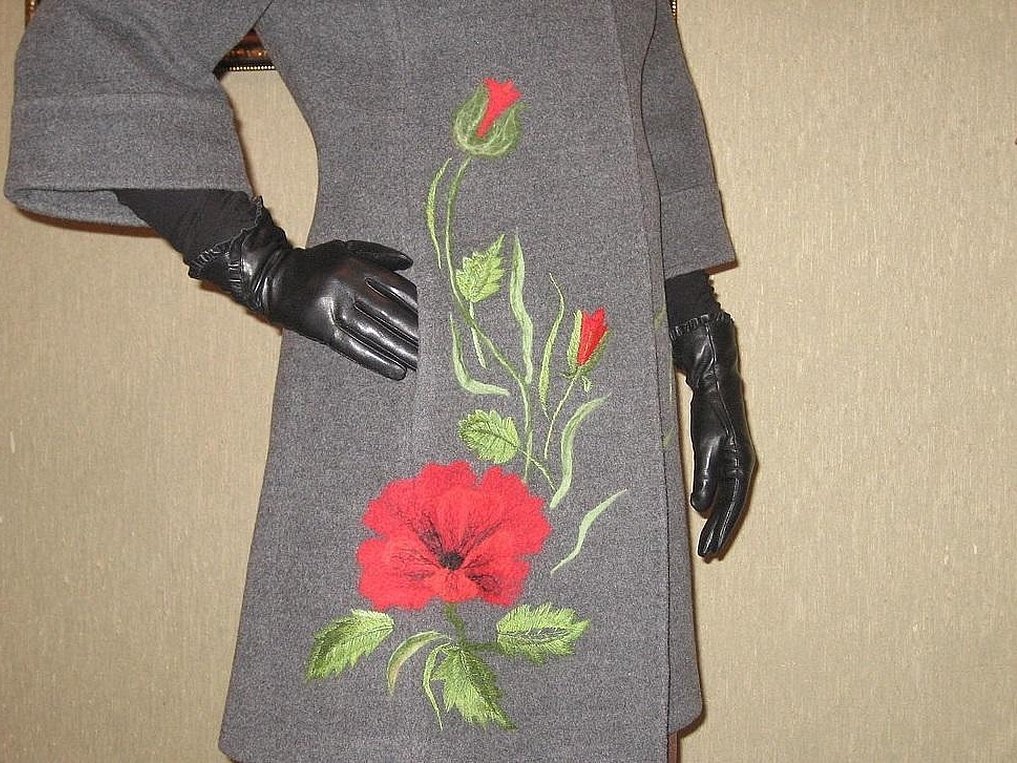
Decorating felt items
Felt products can be decorated with appliques of the same fabric or leather, embroidery, decorative stitches. Felt of different colors can also be used.

How to make fabric at home?
Felt fabric is easy to make at home. For this, you need the wool of a domestic animal: sheep, ram, rabbit, goat. It is best to use ready-made wool: it will be cleaned of debris, combed, processed and dyed in the desired color. Otherwise, you will need to prepare it yourself.
You will also need:
- Bubble wrap;
- Roller or rolling pin;
- Warm soapy water;
- Napkins.
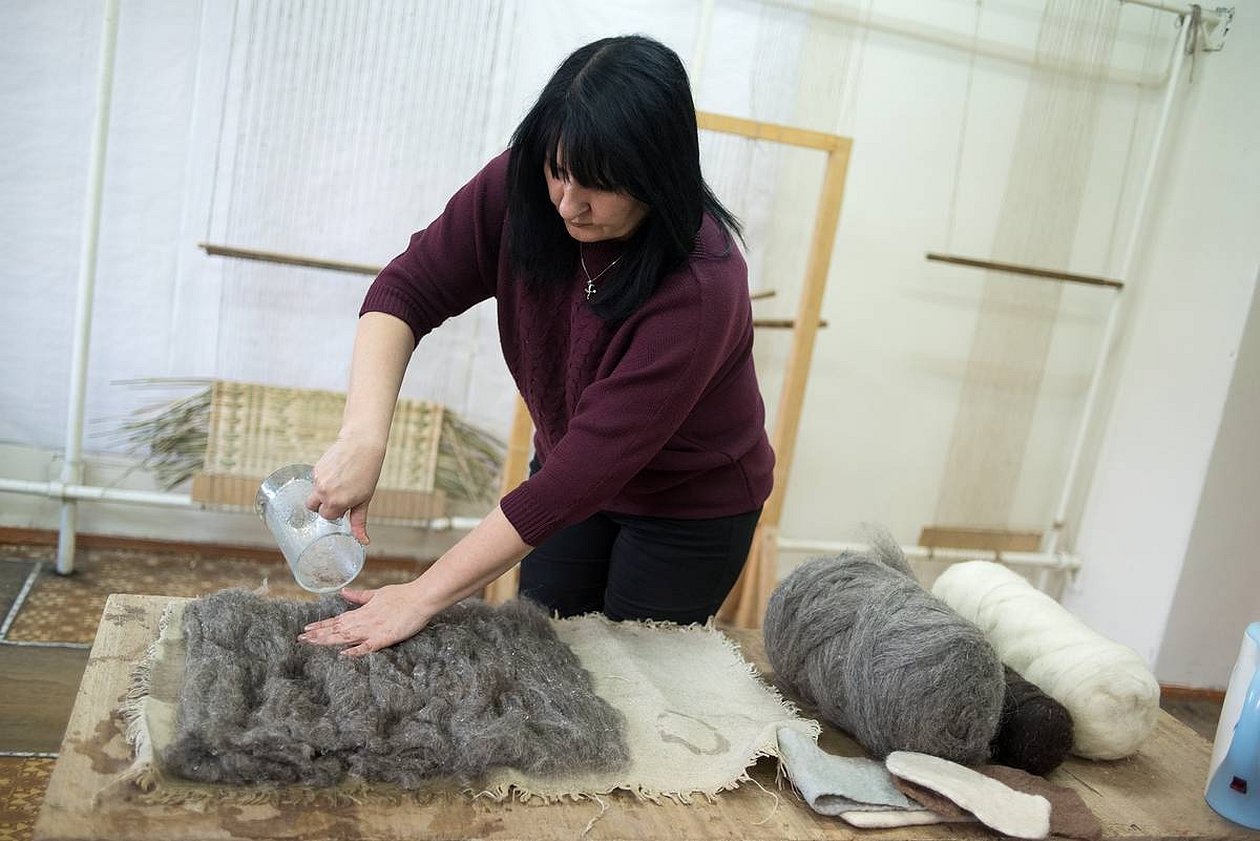
The felting process itself takes place in several steps:
- Cover your work area with film and make a concentrated soap solution from laundry soap;
- Place a layer of felt wool on the table, moisten it with water (it is better to use a spray bottle) and cover it with bubble wrap;
- Press firmly on the film so that the water is distributed evenly, then apply with a roller;
- Remove the film, apply the second layer and wet it;
- Repeat until desired thickness is achieved;
- Remove excess water with napkins, trim uneven edges and dry the fabric.
Important! To avoid making mistakes and understand the intricacies of the process, it is worth watching the training video in advance.
Fabric care
In order for felt products to last longer, they need to be properly cared for. The basic principles are as follows:
- It is best to use dry cleaning and vacuuming;
- It is best to wash by hand, after cleaning with a dry brush or soaking in cold water;
- It is necessary to squeeze carefully, squeeze lightly (you can blot with a towel), without twisting or stretching;
- Dry your shoes or headwear on a special shoe tree, and your bag or backpack should be filled with newspapers or bags. This is necessary to preserve the shape of the product;
- It is better to store things in cotton bags or paper bags, treated with a moth repellent. Bulky things can be stuffed with something to keep their shape.
Advantages and disadvantages
Felt has a number of advantages, the most significant of which are:
- Durability: the fabric does not wear out, does not stretch, and is difficult to damage;
- Environmentally friendly: felt is a completely natural material that does not harm either nature or humans;
- Antibacterial properties: the fabric does not harbor microbes, fungi or mold;
- Thermal conductivity: the material absorbs moisture well and does not let frost through. This is especially important in construction (the insulation does not let dampness and drafts through) and in the production of winter footwear;
- Softness and antistatic properties;
- Lightness: despite its considerable density, felt weighs little, and when worn it does not rub or cause fatigue;
- Low price: no expensive equipment is used in production, and therefore the final price is low.
Despite the abundance of advantages, the material also has some disadvantages:
- Items may shrink if not cared for properly;
- Due to its high absorbent properties, felt takes a long time to dry;
- Felt is very attractive to moths, so it should be stored in an inaccessible place.
Felt material is a dense non-woven material known to the ancient nomadic tribes of Central Asia.
Note! Due to its unique characteristics and ease of production, it was obtained almost immediately after the domestication of sheep and rams.
Today it is used in the production of building materials and furniture, footwear, clothing and toys.




